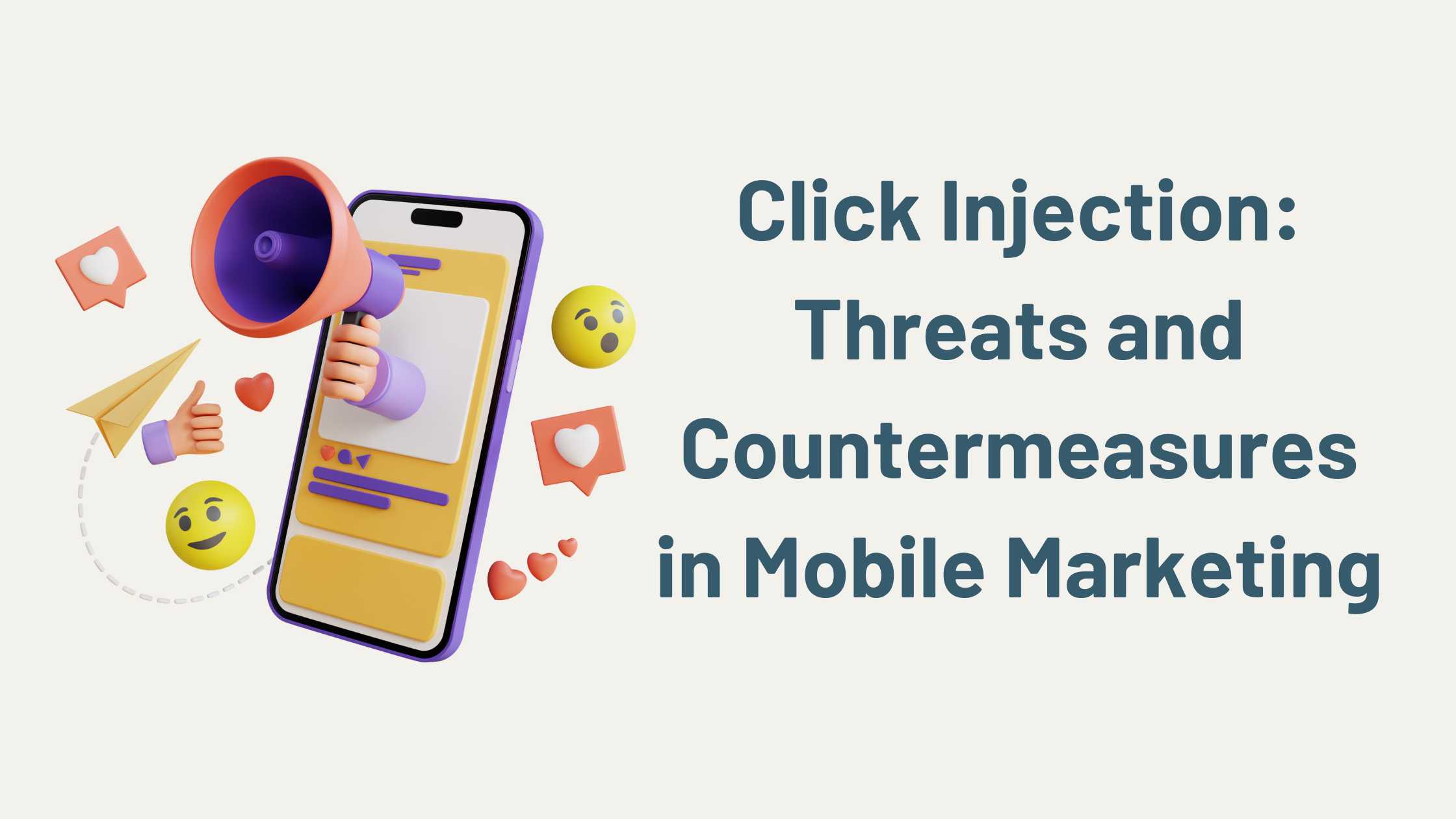
Threats and Countermeasures in Mobile Marketing
As we are moving ahead in this digital era, businesses are enhancing their marketing strategies to flourish. They look forward to increasing their online visibility and strengthening their brand identity in front of their targeted audience. Pay Per Click is one of the most common strategy adopted by advertisers to measure the impact of their ad campaigns published to achieve the selfsame goals. But with these new tactics comes the risk of being exploited by fraudsters. Here’s where click injection comes into play, which is a fraudulent activity where scammers generate fake clicks on the ads to gain credit. Such actions can lead to a significant loss to businesses and marketers.
Mobile Marketing Platforms like Trackier are instrumental for detecting and preventing click injection frauds. From providing great features for campaign management and reporting analysis, it also gives them anti-fraud tools that help to detect any kind of suspicious activity, thereby shielding your campaigns against fraud and allowing you to improve your marketing strategies for higher ROI.
For a deeper understanding of click injection, lets us have an idea about how it is initiated. Media networks and partners display ads to users on multiple channels. When the user interacts with the ad and makes a click, it adds to the credit of the media network or advertising partner. However, many fraudsters also hijack this process to generate fake clicks or traffic for a particular ad, all of which lead to no positive consequence for the advertiser. Given the intricacy with which a click injection fraud manipulates the last click attribution model, no wonder that it is considered the most common (and taxing) type of fraud even in 2023. While its difficult to curb, brands can take significant measures to prevent their App from falling a victim to click injection scams. In today’s blog, let’s discuss these actionables in detail.
How Does Click Injection Work
When an advertising partner illegally generates ad clicks on a user’s device without the user’s knowledge or consent, it is known as “click injection.” There are numerous crucial elements in this process:
- Infectious programs: Malicious programs that enable click injection gain access to a user’s device by disguising themselves as trustworthy programs.
- Exploitation of Strength: When an authorized application is launched or when consumers organically interact with adverts, click injection typically takes place to inflate the numbers.
- Device Permissions: In order to track and spy on specific system events connected to ad clicks, the fraudulent software obtains access to certain software permissions on the user’s device.
- Monitoring Ad Attribution: The fraudulent app keeps a close eye on how new apps are installed on the device. It anticipates an ad click when it notices an app installation.
- Injection Trigger: As soon as the malicious app notices the installation of a new app, it immediately broadcasts a counterfeits ad click to the ad attribution system, essentially robbing the system of its attribution credit.
Tips To Prevent Click Injection
Click injection results in various adverse effects for advertisers. It affects their marketing budget and also skews the effectiveness of their campaigns. By the time advertisers identify that these clicks are not genuine users they are already in a big loss. Click injection prevention calls for a multifaceted strategy including a range of stakeholders, including brands, ad networks, and app developers. Some possible mitigation techniques include:
- Better Attribution Models: Ad networks can create more complex attribution models that take into account various touchpoints and user behavior patterns to lessen the effect of click injection.
- App Vetting and Monitoring: To identify and remove dangerous apps that engage in click injection, App hosting platforms e.g. App Store, can employ strict app vetting procedures and regularly monitor app behavior.
- User understanding and education: By making users aware of the dangers of downloading apps from unreliable sources and the significance of app permissions, click-injection attacks may be prevented.
- Use new-age anti-fraud tools: Mobile Marketing Platforms like Trackier come with an in-built anti-fraud tool that help to detect all kinds of fraudulent activities that precede or follow a click injection fraud, including fake App installs, suspicious user in-app activity, and abnormally high marketing expenses.
Conclusion
Click injection is a serious risk to the future of digital advertising. Understanding its process enables advertising and other business partners to create efficient defenses. As the foremost step, app developers and advertisers must exercise caution and partner with trustworthy advertising networks or platforms that have effective fraud detection systems in place. App attribution systems and ad networks can also use a variety of strategies to tackle click-injection fraud, including monitoring click-to-install durations, examining click trends, integrating anti-fraud algorithms, and conduct manual reviews to identify and prohibit the suspicious activity.
We can work together to combat click injection and maintain the integrity of online advertising for real businesses and users alike by remaining watchful, creating strong attribution mechanisms, and fostering a culture of awareness.






